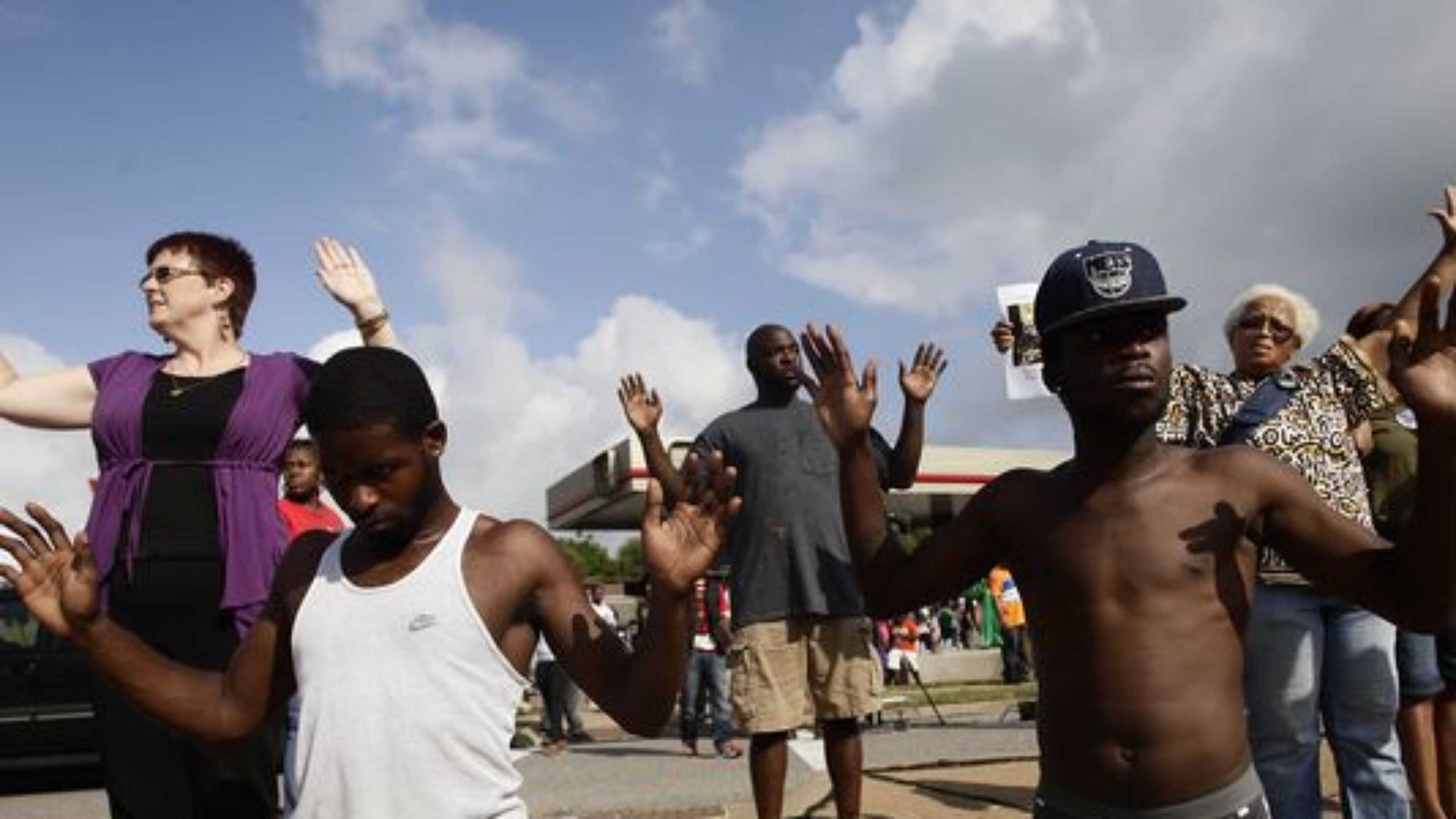Bias is Real, The Inevitability of Tragedy is Not
By Isaac Butler
If there’s one takeaway from our recent report that cannot be stressed enough, it’s that racial difference does not have to end in tragedy, even though a variety of subconscious processes can make it seem like tragedy is inevitable. But, to quote LeVar Burton, you don’t have to take my word for it. Just ask the Richmond, California, police department, which appears to have almost completely eliminated the use of deadly force by police officers. How did they do it?
Many observers and police officials attribute Richmond’s relatively low rate of deadly force to reforms initiated under Chief Chris Magnus, who took over a troubled department in this city of 106,000 in 2006. Magnus implemented a variety of programs to reduce the use of lethal force, including special training courses, improved staffing deployments to crisis situations, thorough reviews of all uses of force and equipping officers with nonlethal weapons such as Tasers and pepper spray.
In particular, better training and increased scrutiny appear to have greatly contributed to the drop in deadly force. This echoes what the science tells us about bias, training and scrutiny. For example, you may have heard of this study in which doctors prescribed different care to black and white patients. The under reported part of the study is that doctors who were informed that the study was measuring bias in effect checked themselves and prescribed similar care. And most of us have heard of the police “shooter” studies, in which police officers are more likely to mistake a harmless object held by a black man for a gun than they are for a white man. But, as Mother Jones explains, follow-up studies have show that:
Research suggests that police officers (those studied were mostly white) are much more accurate at the general task (not shooting unarmed people) than civilians, thanks to their training. But like civilians, police are considerably slower to press the “don’t shoot” button for an unarmed black man than they are for an unarmed white man—and faster to shoot an armed black man than an armed white man.
The good news here, again, is that training can work. Scrutiny can work. There are possible solutions and interventions, including many that have been empirically tested and shown promise, that we have yet to test in the field, adopt more widely or operationalize. Amidst all the important reckoning with how our society treats black men and boys, it’s past time to start taking these steps.

